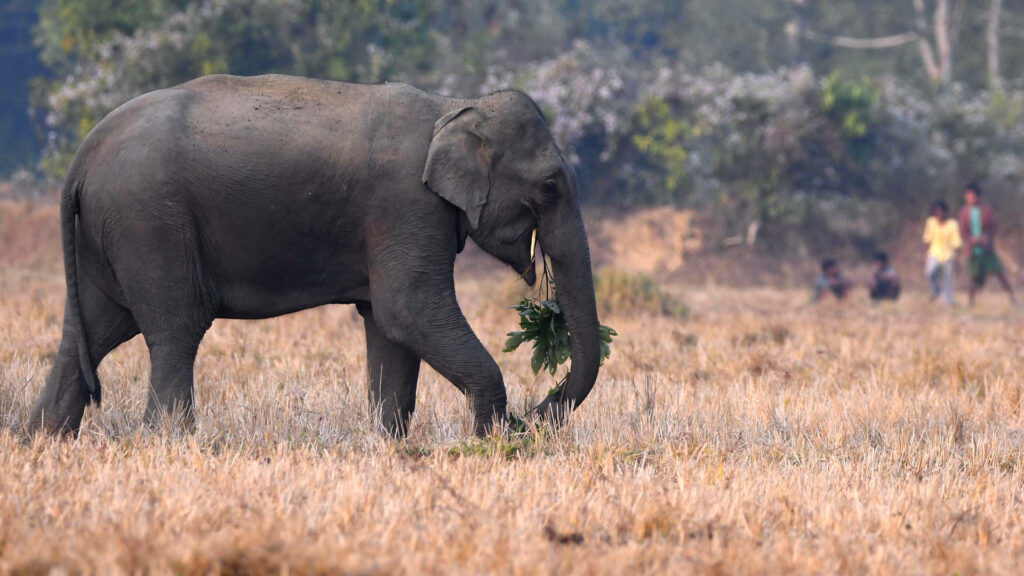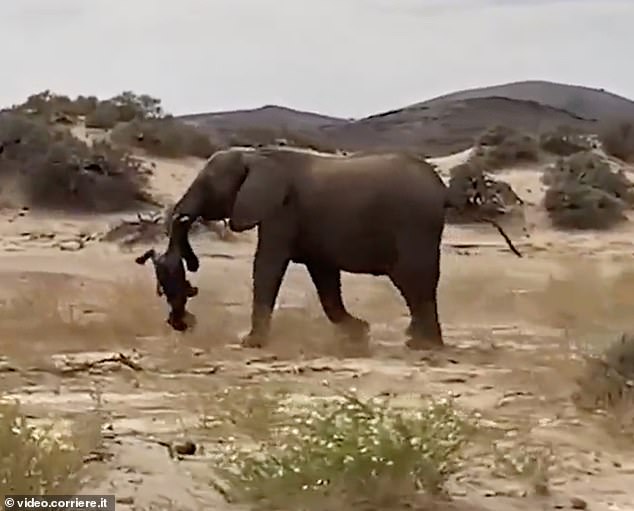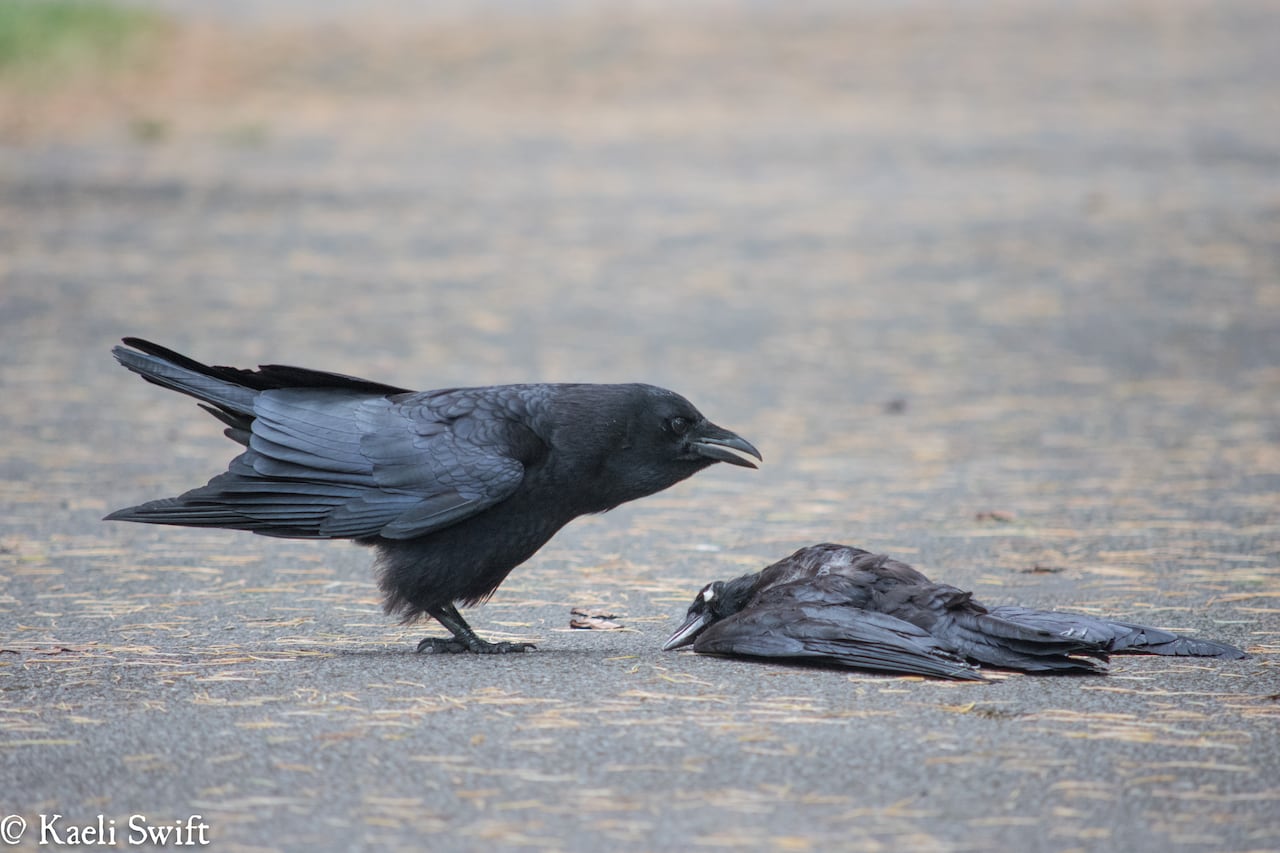Do Elephants Grieve and Mourn Their Dead?

Elephants, known for their intelligence and social complexity, have long been observed demonstrating behaviors that suggest they possess a deep understanding of death and the loss of a loved one. In recent years, scientists have delved deeper into the phenomenon of elephant grieving and mourning, seeking to understand the emotional and cognitive processes that underpin these behaviors.
The Case Of The Asian Elephant
The Asian elephant (Elephas maximus) is a keystone species in the ecosystems it inhabits, playing a crucial role in maintaining the balance of its environment. These intelligent and social animals are known to form strong bonds within their herds, demonstrating complex social structures and sophisticated communication systems.
In the eastern Himalayan floodplains of northern Bengal, Asian elephants have been observed burying their dead calves in the irrigation drains of tea estates. This behavior is unique to the region and has been documented in five separate cases.
The elephants carry the carcasses of their calves for a distance before burying them in an ‘legs-upright-position’. This behavior is not only fascinating but also raises important questions about the emotional lives of elephants and their understanding of death.
Non-human Thanatology
The manner in which nonhumans address the dying and the dead reflects their cognition and emotional side. Animal behavior and thanatology, therefore, remain a central part of understanding the overall fitness of nonhuman species in a changing landscape.
Most animal species, unlike humans, pay less interest to their dead conspecifics. Different species’ ‘weak’ cognitive abilities and disease avoidance theories support this ‘leaving alone’ behavior. However, cetaceans, primates, and elephants show contrasting examples of strong behavioral reactions to their deceased young ones.
For instance, a behavior where the elephant carcass parts were carried across a distance, covering the carcass with vegetation (“weak” burial), or observing the carcass over several hours has been covered in various scholarships concerning the African Elephants.
Calf burials by elephants are among the less-studied topics of thanatology, especially in Asia, even though this practice is known to the conservation community. Elephants show a variety of behavior ranging from investigative, stationary, self-directed, social, and mourning behavior around their dead conspecifics.

Funerals and Ritual Burials
One of the most surprising finding is the positioning of elephant carcasses during burial. In five cases recorded in this study, the legs were upright, and the head, trunk, and dorsal parts were fully buried. Due to the limited depth of the irrigation drains in tea estates, the legs of the dead calves were visible above ground level. Researchers observed footsteps of herd members on both sides of the trench and over the soil covering the body, indicating a combined effort in burying the carcasses. While burying the carcass, the elephant herd vocalized for 30–40 min, as the tea estate night security guards reported.
In the vast savannas and forests of Africa, another species of elephant, the African elephant (Loxodonta africana), exhibits similar behaviors to their Asian counterparts when it comes to the loss of a loved one. The African elephant, like its Asian cousin, is known for its intelligence, social complexity, and emotional depth.
African elephants have been observed displaying a variety of mourning behaviors when a member of their herd dies. These behaviors can include touching, caressing, and even vocalizing over the body of the deceased. Elephants have also been known to remain with the bodies of dead herd members for extended periods of time, and to show signs of distress when they lose a loved one.
In African elephant herds, the matriarch plays a crucial role in the grieving process. The matriarch is typically the oldest and most experienced female in the herd, and she is responsible for leading the herd and making important decisions. When a member of the herd dies, the matriarch is often the first to approach the body and is instrumental in guiding the herd through the grieving process.
Elephant Behavior and Sentience
Elephants are highly intelligent and social animals, with complex social structures and sophisticated communication systems. Their behavior is characterized by a wide range of cognitive and emotional capacities, which have been extensively studied by scientists and researchers.
One of the most remarkable aspects of elephant behavior is their strong social bonds and deep emotional connections with one another. Elephants live in tight-knit family groups known as herds, which are typically led by a matriarch, the oldest and most experienced female.
These herds are often comprised of related individuals, including the matriarch’s offspring, her sisters, and their offspring. The bonds between members of a herd are incredibly strong, and elephants are known to display a variety of social behaviors, such as greeting one another, playing, and comforting each other.
Elephants are also highly intelligent animals, with complex cognitive abilities that are comparable to those of great apes and cetaceans. They are capable of problem-solving, tool use, and even self-awareness.
For example, elephants have been observed using tools, such as sticks and branches, to scratch themselves or to dig for water. They have also been known to use their trunks to manipulate objects and to communicate with one another through a variety of vocalizations, body movements, and tactile signals.










